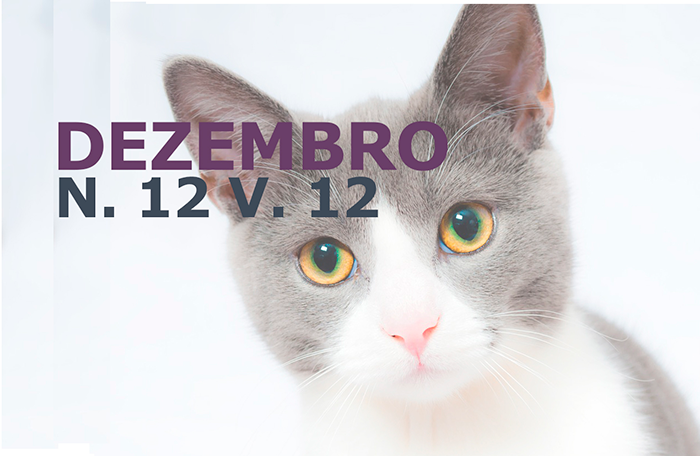Hiperplasia endometrial e hematometra associadas ao adenocarcinoma ovariano em cadela Submetida a OSH terapêutica: Relato de caso
DOI:
https://doi.org/10.31533/pubvet.v12n12a224.1-5Palavras-chave:
anemia, uterine adenomyosis, neoplasia, ovariohysterectomyResumo
O adenocarcinoma ovariano representa 1,2 % de todas as neoplasias diagnosticadas em cadelas, afeta um ou ambos os ovários e pode ser encontrado como achado durante ováriohisterectomias eletivas. Em cães, este neoplasma surge a partir de invaginações das estruturas de subsuperfícies epiteliais na cápsula do ovário. Porém, essa enfermidade apresenta-se pobremente descrita na literatura. Desse modo, objetiva-se relatar o caso de uma cadela com 13 anos de idade, apresentando anemia, azotemia, secreção vaginal sanguinolenta e diagnóstico presuntivo de hematometra/ piometra por meio de ecografia abdominal. A paciente foi estabilizada e submetida a ovariohisterectomia terapêutica. O diagnóstico histopatológico revelou adenomiose uterina, hiperplasia glandular não cística e adenocarcinoma ovariano subtipo papilar. Após o procedimento cirúrgico a paciente foi acompanhada por cinco meses e apresentou completa remissão dos sinais clínicos sem evidências de metástase.
Downloads
Publicado
Edição
Seção
Licença
Copyright (c) 2018 Liliane Cristina Jerônimo dos Santos, João Iribarrem Vargas, Tainá Ança Evaristo, Louise Piccoli Kutscher, Etiane Ziemermann, Virgínia Harder Gonçalves, Marina Zanin2 Bruna dos Santos Pires, Fabrício de Vargas Arigony Braga, Patrícia Silva Vives

Este trabalho está licenciado sob uma licença Creative Commons Attribution 4.0 International License.
Você tem o direito de:
Compartilhar — copiar e redistribuir o material em qualquer suporte ou formato
Adaptar — remixar, transformar, e criar a partir do material para qualquer fim, mesmo que comercial.
O licenciante não pode revogar estes direitos desde que você respeite os termos da licença. De acordo com os termos seguintes:
Atribuição
— Você deve dar o crédito apropriado, prover um link para a licença e indicar se mudanças foram feitas. Você deve fazê-lo em qualquer circunstância razoável, mas de nenhuma maneira que sugira que o licenciante apoia você ou o seu uso. Sem restrições adicionais
— Você não pode aplicar termos jurídicos ou medidas de caráter tecnológico que restrinjam legalmente outros de fazerem algo que a licença permita.





